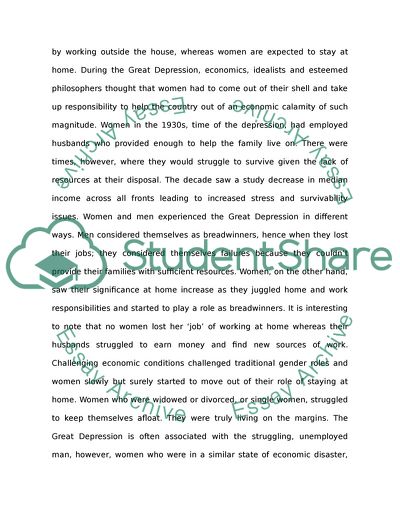Cite this document
(Women's Suffrage Research Paper Example | Topics and Well Written Essays - 2250 words, n.d.)
Women's Suffrage Research Paper Example | Topics and Well Written Essays - 2250 words. https://studentshare.org/gender-sexual-studies/1765537-womens-suffrage
Women's Suffrage Research Paper Example | Topics and Well Written Essays - 2250 words. https://studentshare.org/gender-sexual-studies/1765537-womens-suffrage
(Women'S Suffrage Research Paper Example | Topics and Well Written Essays - 2250 Words)
Women'S Suffrage Research Paper Example | Topics and Well Written Essays - 2250 Words. https://studentshare.org/gender-sexual-studies/1765537-womens-suffrage.
Women'S Suffrage Research Paper Example | Topics and Well Written Essays - 2250 Words. https://studentshare.org/gender-sexual-studies/1765537-womens-suffrage.
“Women'S Suffrage Research Paper Example | Topics and Well Written Essays - 2250 Words”. https://studentshare.org/gender-sexual-studies/1765537-womens-suffrage.


